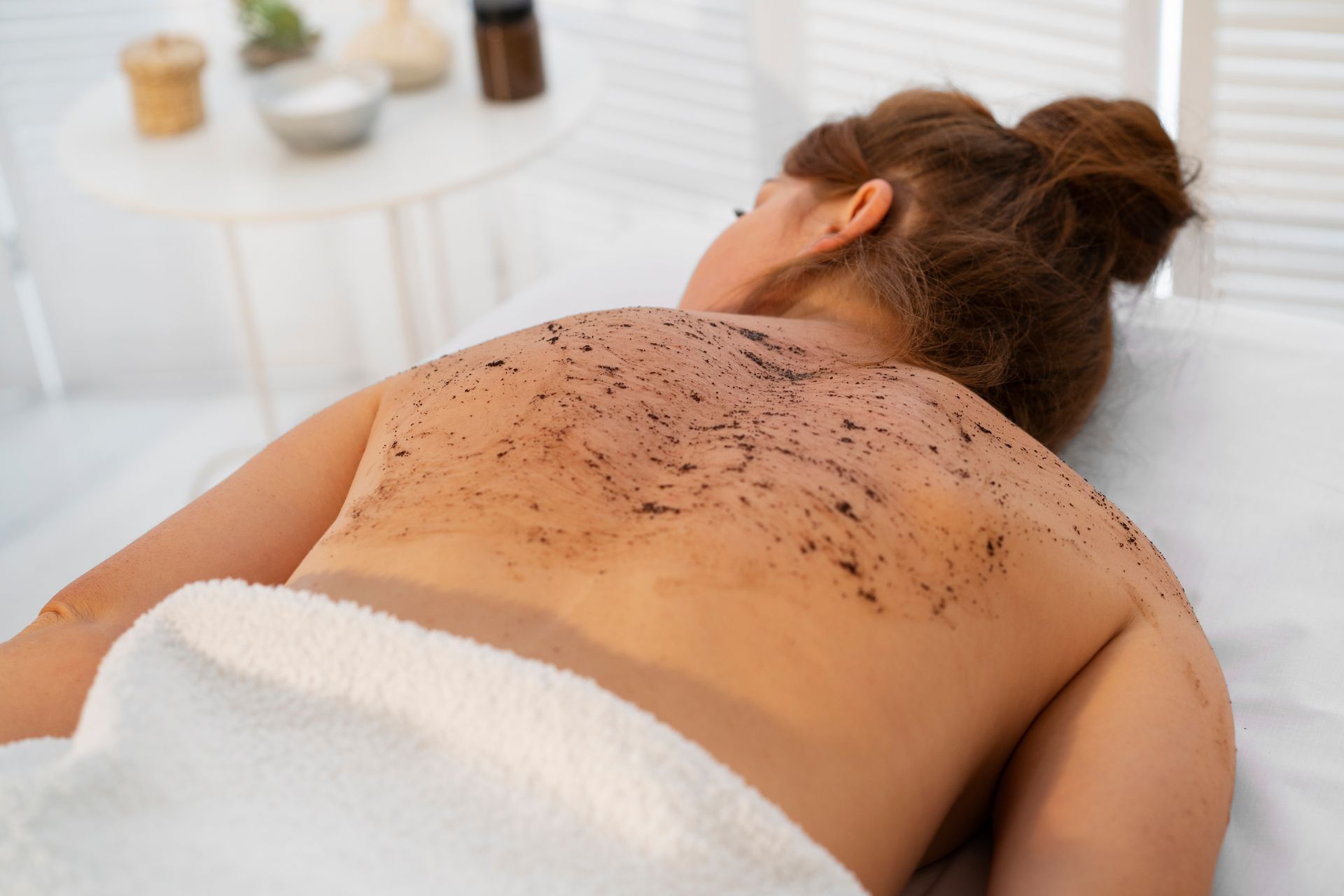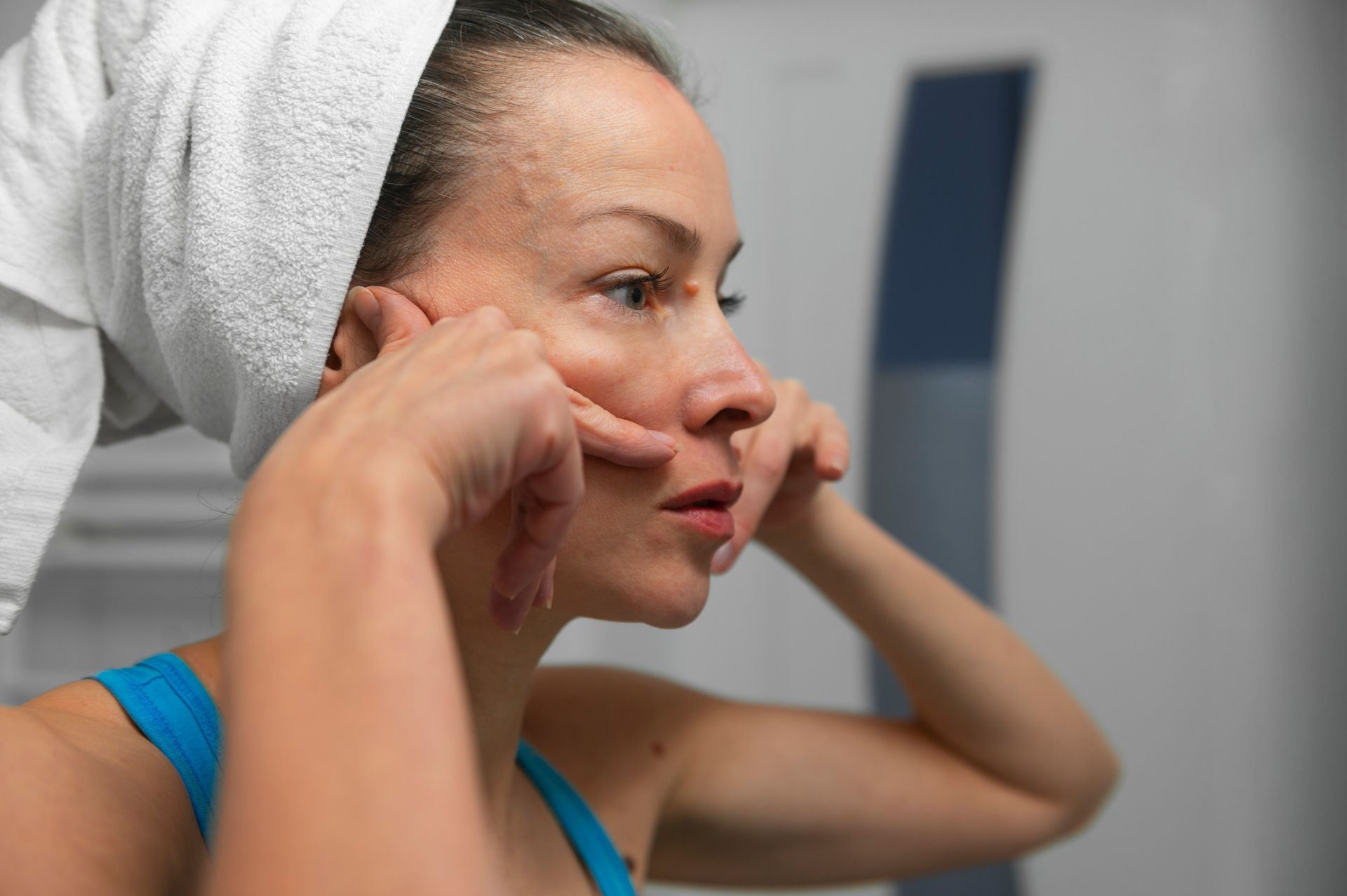Laser or Traditional? Making the Right Hair Removal Choice
For centuries, humans have pursued the elusive dream of attaining silky-smooth and hair-free skin. From ancient civilizations to modern times, people have explored various methods to rid themselves of unwanted body hair. The quest for flawless skin transcends cultural boundaries, and the desire to achieve it continues to drive the beauty and grooming industry. While hair removal practices have evolved over time, the pursuit of a solution that strikes the perfect balance between effectiveness and convenience remains timeless.
In recent decades, advancements in science and technology have revolutionized the field of hair removal. Traditional methods, such as waxing and shaving, have given way to modern alternatives that promise longer-lasting results and enhanced comfort. Among these breakthroughs, laser hair removal has been particularly revolutionary. The advent of lasers has introduced a new era in the realm of hair removal, offering a more precise and efficient approach to achieving hairless skin. As the popularity of laser treatments continues to soar, it's essential to understand how this cutting-edge technique compares to its time-honored counterparts.
Important Considerations for Making a Choice
With a multitude of hair removal options available today, making the right decision can be daunting. Several factors come into play when determining which method best suits an individual's needs and preferences. Skin type, hair color, pain tolerance, budget considerations, and time constraints are among the pivotal elements that influence this choice. Furthermore, ethical and environmental concerns have started to play a crucial role in decision-making, prompting individuals to seek hair removal solutions that align with their values. To navigate the diverse landscape of hair removal, it's essential to weigh the pros and cons of each method and make an informed choice that complements one's unique lifestyle and goals.
The Traditional Way: Waxing and Shaving
Throughout human history, the pursuit of smooth, hair-free skin has been an enduring goal. The origins of traditional hair removal practices, such as waxing and shaving, can be traced back to ancient civilizations. In ancient Egypt, Greece, and Rome, both men and women utilized various methods to remove unwanted body hair for aesthetic and hygienic purposes. Waxing, which involved using a sticky substance like beeswax, resin, or sugar to remove hair from the roots, has been documented as early as 3000 BC. On the other hand, shaving gained popularity in different cultures and eras, often signifying cultural, religious, or social significance.
Pros and Cons of Waxing for Hair Removal
One of the primary attractions of waxing is the smoothness it provides. When hair is removed from the roots, the skin feels exceptionally soft and hairless. However, achieving this smoothness comes at a cost—pain. Waxing involves pulling hair out from its follicles, which can cause discomfort, especially for individuals with low pain tolerance. The sensation varies from person to person, and some may find it tolerable, while others may find it too uncomfortable to bear.
Waxing offers relatively long-lasting results compared to shaving. As hair is removed from the root, it takes longer to grow back, typically ranging from two to six weeks. This makes waxing a dependable option for those seeking a more extended period without having to worry about hair removal. However, it's essential to remember that the results are not permanent, and multiple waxing sessions are required to maintain smooth skin consistently.
Quick Solutions and Pitfalls in the Art of Shaving
Shaving is undoubtedly one of the quickest and most accessible methods of hair removal. With just a razor and some shaving cream, hair can be removed swiftly, making it a popular choice for those seeking immediate results. However, the smoothness achieved through shaving is only skin-deep. Since the hair is cut off at the skin's surface, it begins to grow back relatively quickly, often within a few days. Consequently, individuals who opt for shaving may find themselves needing frequent touch-ups to maintain a consistently smooth appearance.
Unfortunately, shaving is not without its drawbacks. Many individuals experience skin irritation after shaving, commonly known as razor burns. These red, inflamed patches can be itchy and uncomfortable, detracting from the desired outcome of a flawless shave. Some people may also encounter razor bumps, especially in sensitive areas, which are caused by ingrown hairs. These bumps can be unsightly and may even lead to infections if not properly addressed. Proper shaving techniques and using suitable products can help mitigate these issues, but they remain potential downsides to consider.
Laser Hair Removal: A Modern Marvel
Laser hair removal is a cutting-edge technique that relies on the principle of selective photothermolysis. This scientific process involves using a concentrated beam of light, emitted by the laser, to target the hair follicles selectively. The melanin (pigment) present in the hair absorbs the laser energy, which is then converted into heat. The hair follicle is destroyed by the extreme heat, rendering it incapable of sprouting new hair. As a result, over multiple treatment sessions, the treated hair falls out, and the regrowth is significantly reduced, leading to smoother and hair-free skin.
Concerns about the safety of laser hair removal are common, but with advancements in technology and qualified professionals performing the procedure, the risks are minimal. Reputed clinics prioritize safety and adhere to strict protocols to ensure clients' well-being. The lasers used for hair removal are designed to target only the hair follicles while safeguarding the surrounding skin. Practitioners consider factors like skin type and hair color to determine the most suitable laser settings, minimizing the risk of adverse effects.
Benefits of Laser Hair Removal Over Traditional Methods
Long-term effectiveness is one of the most important benefits of laser hair removal. Unlike traditional methods that offer temporary results, laser treatments can lead to permanent hair reduction in the targeted areas. While complete hair removal may not be achievable in all cases, the reduction is substantial, resulting in smoother skin for an extended period. Fewer maintenance sessions are needed over time, making laser hair removal a cost-effective and time-saving choice in the long run.
Laser hair removal allows for precise and controlled targeting of specific areas, ensuring that no hair follicles are overlooked. This precision is especially beneficial in sensitive or hard-to-reach regions where traditional methods might result in missed spots. The laser's ability to treat multiple hair follicles simultaneously also expedites the procedure, making it an efficient option for larger body areas.
Contrary to popular belief, laser hair removal is relatively comfortable for most individuals. While some people may experience mild discomfort during treatment, it is often likened to the snapping of a rubber band against the skin. The sensation is temporary and significantly less intense than the pain associated with waxing. Modern laser systems come equipped with cooling mechanisms that soothe the skin during the procedure, enhancing overall comfort.
How to Spot the Perfect Laser Hair Removal Candidate
Laser hair removal technology has advanced to accommodate a broad range of skin tones and hair colors. However, individuals with darker hair and lighter skin typically respond best to the treatment. The melanin in darker hair helps absorb the laser energy effectively, while lighter skin minimizes the risk of side effects. Nevertheless, qualified practitioners can tailor treatment parameters to suit various skin and hair types, ensuring satisfactory results for a more diverse clientele.
Before embarking on laser hair removal, a consultation with a skilled professional is important. During this session, the practitioner assesses the client's skin and hair characteristics, medical history, and hair removal goals. Based on this evaluation, a customized treatment plan is devised to optimize the results. Honest communication with the specialist about any concerns or expectations fosters a positive experience and helps set realistic outcomes.
Laser hair removal stands as a remarkable advancement in the pursuit of smooth and hair-free skin, offering a safe, effective, and long-lasting solution for those seeking an alternative to traditional hair removal methods. With its scientific foundation and tailored approach, this modern marvel continues to gain popularity as a go-to choice for countless individuals worldwide.
Analysis of the Investment and Cost Factors
When evaluating hair removal options, it's essential to consider both the short-term and long-term financial implications. Traditional methods like waxing and shaving often seem more budget-friendly upfront since they require minimal initial investment. Yet, their costs add up over time due to frequent touch-ups and the need for additional products like razors, shaving creams, or waxing kits. These recurring expenses can become significant over the months and years.
On the other hand, laser hair removal may appear costlier initially, given that it typically involves a series of sessions for optimal results. However, the long-term benefits outweigh the upfront expense. With significant hair reduction or even permanent hair removal, individuals can eventually reduce or eliminate ongoing hair removal costs. This can lead to considerable savings in the long run, making laser hair removal a cost-effective choice over time.
Making Laser Hair Removal Affordable with a Budget
For those interested in laser hair removal but concerned about its initial cost, several strategies can make the investment more affordable. Many reputable clinics offer package deals for multiple sessions, which often come at a discounted price compared to individual treatments. Opting for these packages can help spread out the cost while ensuring consistent and effective hair reduction.
Some clinics may offer financing options or payment plans, allowing clients to pay for their treatments in installments. This flexibility can make laser hair removal accessible to a broader range of individuals, accommodating varying budget constraints. It's also worth considering the long-term savings and convenience of laser hair removal when budgeting. While the upfront expense may be higher, the potential reduction in ongoing hair removal expenses, as well as the time saved, can justify the initial investment.
Ultimately, choosing laser hair removal not only addresses the financial aspect but also provides an opportunity to invest in long-term self-care and confidence. By factoring in both short-term and long-term considerations, individuals can make a well-informed decision that aligns with their budget and lifestyle goals.
Customizing Your Decision Based on the Personal Factor
When deciding on a hair removal method, it's essential to consider how much time you can dedicate to the process. Traditional methods like shaving and waxing may require frequent touch-ups and can be time-consuming, especially if you have a busy schedule. Shaving every few days or scheduling regular waxing appointments may not be practical for individuals with packed agendas.
On the other hand, laser hair removal, while requiring multiple sessions initially, offers the advantage of long-term hair reduction. Once the treatment plan is complete, you can enjoy significantly reduced hair growth, freeing up time that would have been spent on continuous hair removal maintenance.
Sensitivity and Pain Tolerance
Every individual's body is unique, and factors like skin sensitivity and pain tolerance play a significant role in the hair removal decision-making process. Traditional methods like waxing can cause discomfort during the procedure, particularly for those with low pain tolerance. Similarly, individuals with sensitive skin may experience irritation after shaving, exacerbating the decision-making dilemma.
In contrast, laser hair removal is generally well-tolerated, with many individuals reporting minimal discomfort. The sensation during treatment is often described as a mild snapping or tingling feeling. The ability to adjust the laser settings based on your sensitivity levels further enhances the overall experience.
Choosing the Right Method for Specific Zones
Facial Hair: Facial hair removal requires a delicate and precise approach, as the face is a highly visible and sensitive area. Laser hair removal offers a gentle and precise solution for facial hair removal. The ability to target specific areas without affecting the surrounding skin makes it an ideal choice for eyebrows, upper lip, and other facial regions. With proper care and expertise from a skilled professional, laser treatments can provide smooth results without the discomfort and potential side effects associated with traditional methods.
Legs and Arms: For larger body areas like the legs and arms, convenience and efficiency are crucial considerations. Laser hair removal presents a more efficient and lasting option for the legs and arms. As the treatment covers more significant areas during each session, the time spent on hair removal decreases. With fewer sessions required over time, you can enjoy smooth, hair-free legs and arms without the hassle of constant upkeep.
Conclusion
In the quest for smooth and hair-free skin, the decision between laser and traditional hair removal methods holds significant importance. While traditional options like waxing and shaving offer immediate results and accessibility, laser hair removal provides precision, effectiveness, and long-lasting outcomes. Making the right choice involves considering individual preferences, budget, and desired results.
What is most important is honoring and celebrating each individual's choice, whether they prefer the ease of more conventional approaches or the effectiveness of cutting-edge laser technology. In the end, by empowering individuals to make informed and confident choices, we contribute to a world where diverse grooming preferences are embraced and everyone feels comfortable, accepted, and valued for their unique selves.
BOOK YOUR FREE SESSION










